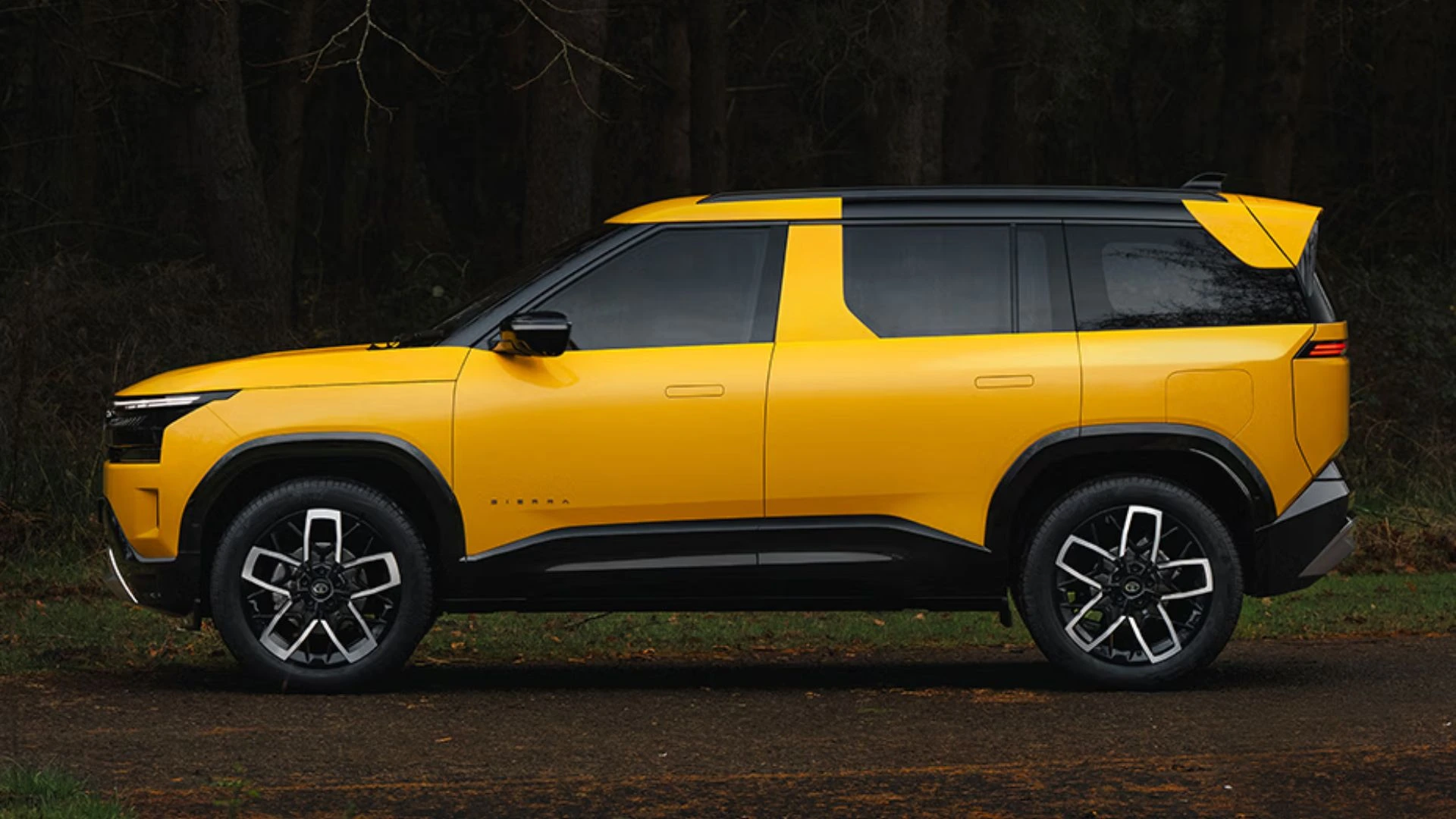Financial institutions typically offer car loans for up to 80% of the vehicle's on-road price, and some lenders offer 100% coverage. The loan-to-value (LTV) ratio determines the loan amount, and borrowers are responsible for the remaining cost.
Buying a home stands out as a critical financial choice, and for many people, the second major financial decision revolves around purchasing a car. One common way to finance the purchase of this vehicle is to take out a loan. Currently, interest rates on car loans are at their lowest levels.
This story will tell you what factors to consider when determining the right amount for a car loan.

How much loan can you get?
Financial institutions, including banks and non-banking finance companies (NBFCs), typically offer loans up to about 80 percent of the on-road price of the vehicle. In select cases, some lenders may approve loans that cover 100 percent of the cost of the vehicle. The main factor that affects your car loan amount is the loan-to-value (LTV) ratio set by the lender. The LTV ratio refers to the percentage or portion of the total cost of the vehicle that a lender is willing to finance. The borrower is responsible for covering the remaining portion of the car's cost from his financial resources. Although most lenders offer loan-to-value ratios of up to 80 percent, some lenders claim to be able to offer loans that cover 100 percent of the total cost of the vehicle.
EMI payments
When taking out a car loan, it is essential to set equal monthly installments (EMIs) that match your repayment capacity. Avoid choosing a lower EMI amount and a longer loan term just because it is available as an option. Choose these terms only if they fit your financial capabilities. This caution is justified because choosing a lower monthly payment and a longer loan term can result in unnecessarily higher interest charges.
Conversely, refrain from opting for higher monthly payments if it means compromising on your monthly contributions to meet basic financial goals. Regardless of the loan amount, it is essential to prioritize EMIs that can be comfortably managed and do not drain your financial resources.
For example, if you are buying a car worth INR 15 lakh, do you have enough savings to make a down payment of at least INR 7 lakh? Suppose you choose to take a loan for the rest, i.e. INR 8 lakh, what is the EMI amount you are comfortable with? A high CIBIL score (750 and above) can help you get a higher loan amount and better interest rates. For people with a credit score above 750, banks typically cover 80 to 90% of the total cost of the car. However, it is recommended to finance the maximum amount as a down payment as it reduces the high-value monthly installment payments.
So, even if you qualify for a higher loan-to-value (LTV) ratio, consider choosing a lower LTV ratio. Choosing a lower loan-to-value ratio can ease the burden of your monthly payment and reduce the overall interest expense associated with purchasing a car. Auto loan applicants are advised to aim for a lower loan-to-value ratio, achieving a balance that does not compromise liquidity and financial reserves allocated for important life goals.
Ideally, the cumulative monthly payments for all loans should not exceed 40 percent of your take-home pay. Given your current circumstances, you can determine how much of a 40 percent allocation your monthly car payment can afford.
In addition, there are many things to consider before choosing the right type of car loan.
What is the 10/20/4 rule when applying for a car loan?
- This is a general rule used when buying a car with a loan.
- 20% of the car's on-road price must be paid in advance when booking the car.
- The monthly installment must not exceed 10% of the monthly income.
- The loan period must not exceed four years.
- This rule will vary from one individual to another, depending on his monthly income and other obligations.
Also Read: What can the government in the Budget 2024 do to charge up India's EV sector








_1766129034.webp)

 Positioning Affordable 7-seat_1766042570.webp)